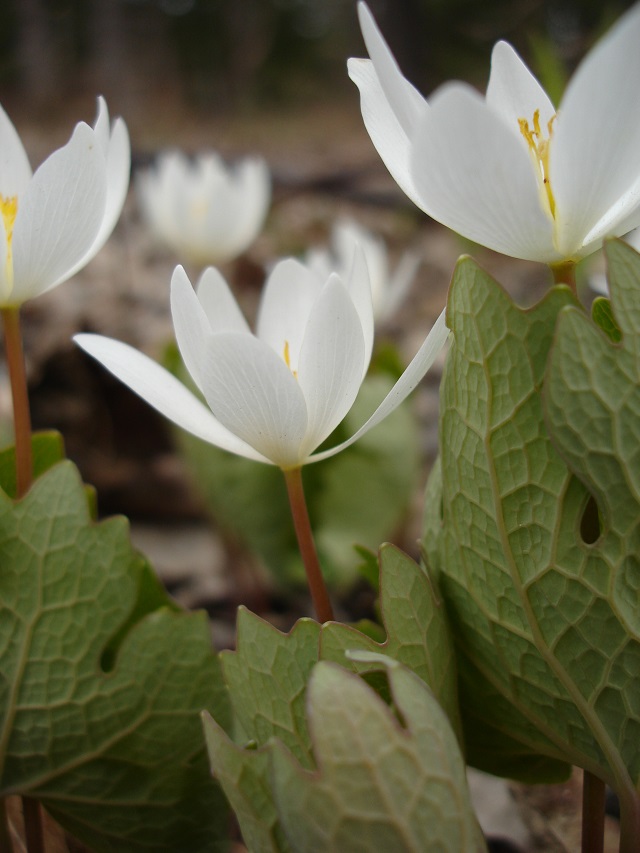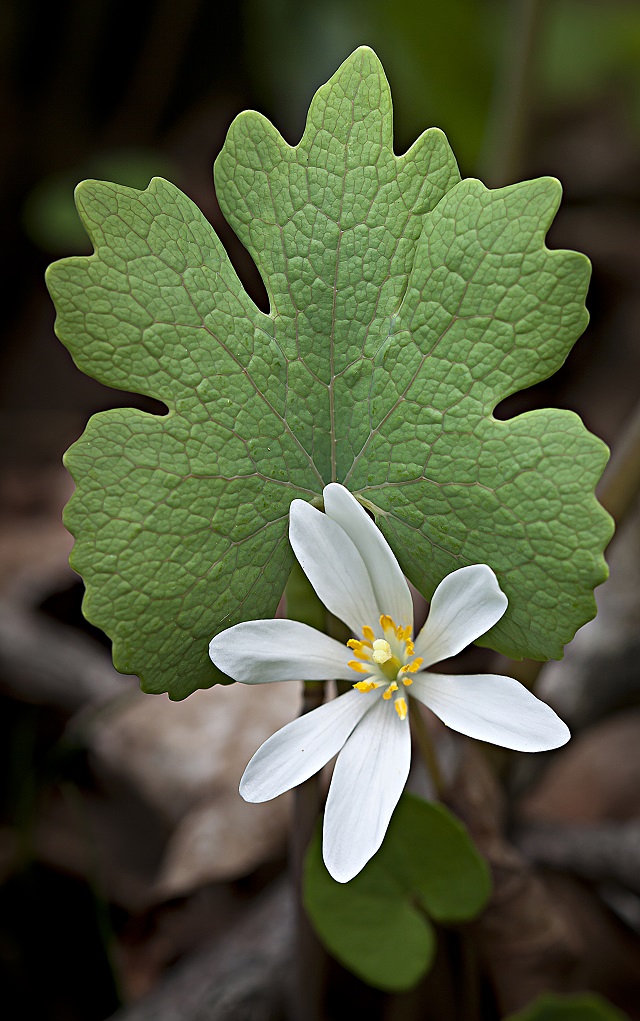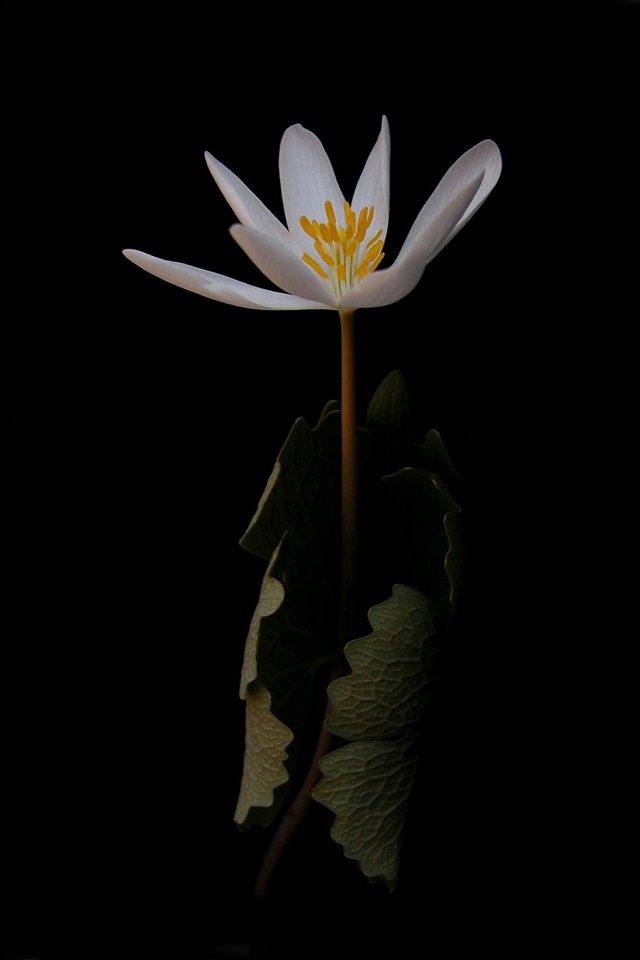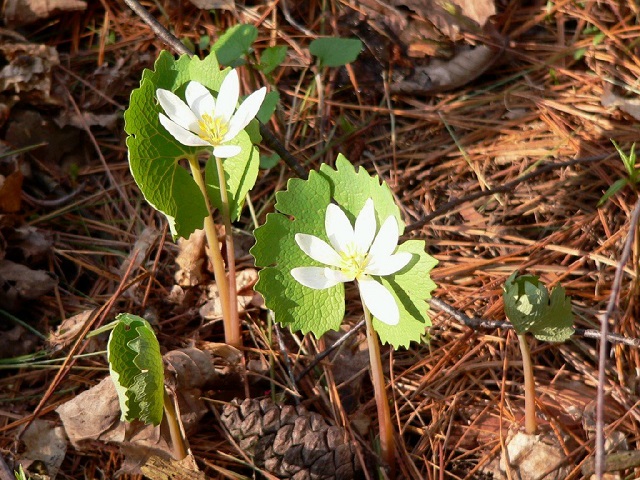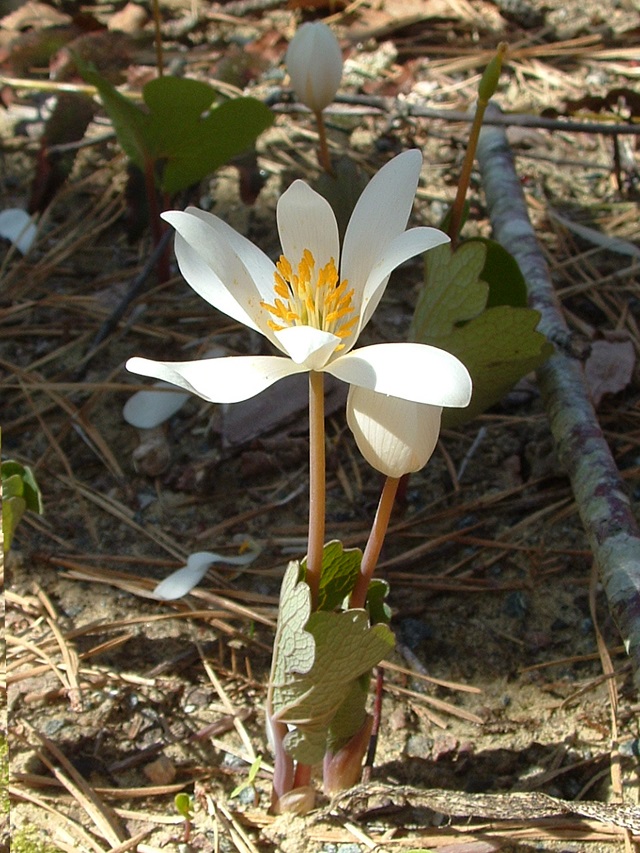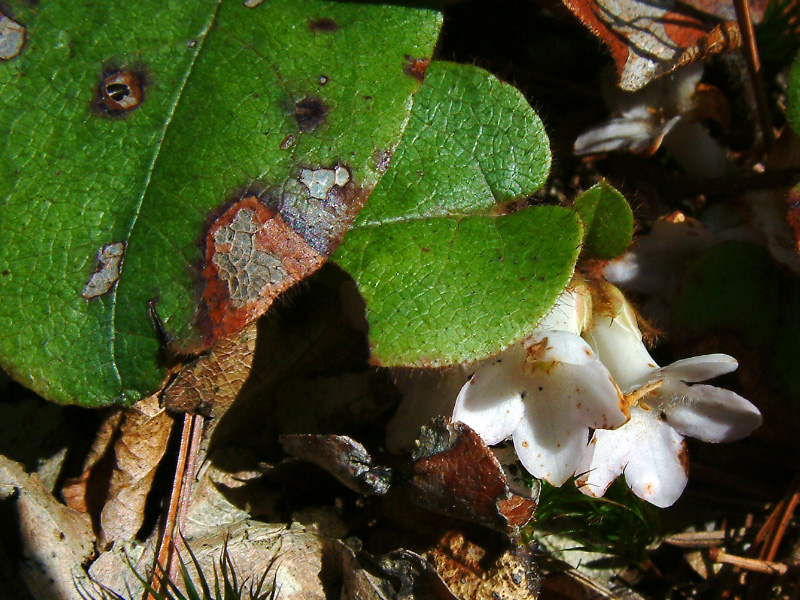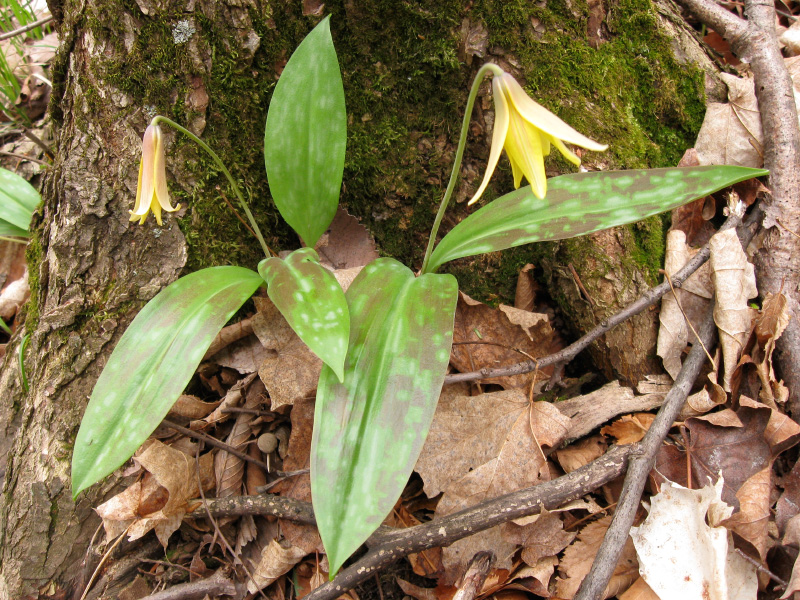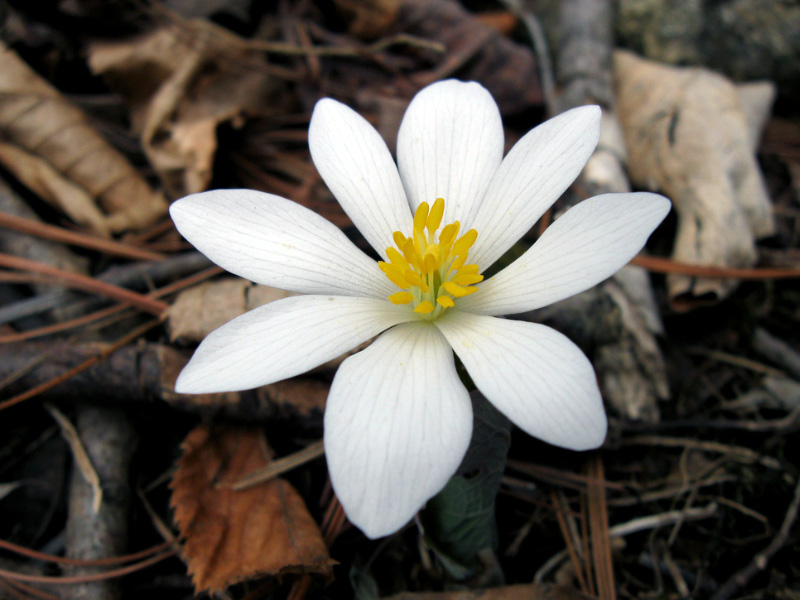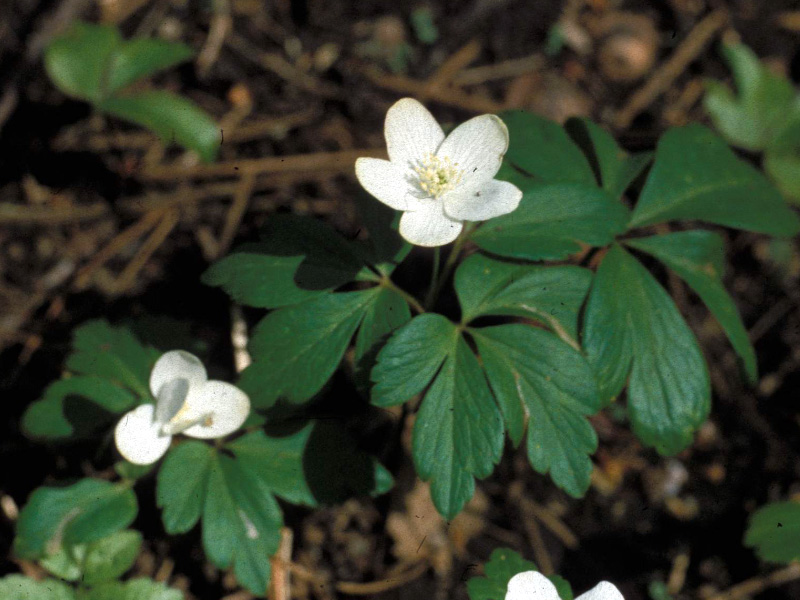Nothing banishes the winter blues like the reassuring sight of the spring’s first wildflowers. Many plants bloom while the deciduous trees above them are still bare; they soak up sunlight on the season’s first warm days before trees can shade out the forest floor. Here are five of the earliest flowers to spot.
Mayflower (Epigaea repens)
This is the state flower of Massachusetts. It’s also known as the Plymouth mayflower. According to legend, it was the first flower that the pilgrims saw after their first hard winter. A creeping plant, mayflower has small pink to white blooms. The leathery oval-shaped leaves stay green throughout the year.
Trout Lily (Erythronium americanum)
This small lily’s strange name comes from its splotchy leaves, which are said to resemble the mottled scales of a brook-trout. The bright yellow flowers point downward. They close on cloudy days and at night when bees and other pollinators aren’t active.
Bloodroot (Sanguinaria canadensis)
Look for a single white flower, typically with eight petals, emerging from a protective leaf. The stem, leaves, and roots produce a blood-red sap. The seeds have oil-rich growths called elaiosomes that ants relish. The insects carry the seeds to their nests, helping spread bloodroot across the forest floor.
Blunt-loped Hepatica (Anemone americana)
Clusters of white, pink, or purple flowers bloom amid leathery three-lobed leaves. The name “hepatica” comes from the Greek word for liver—medieval doctors thought that hepatica leaves looked like the body part, and that this meant that the plant would cure liver ailments. As with bloodroot, this plant’s seeds are dispersed by ants.
Wood-anemone (Anemone quinquefolia)
Look for one white to pinkish flower rising above three to five leaves. This plant’s species name quinquefolia means “five-leaved,” because each leaf is jagged and gives the appearance of being five instead of one.
Have you seen any of these early blooms yet? If so share where and when in the comments.
